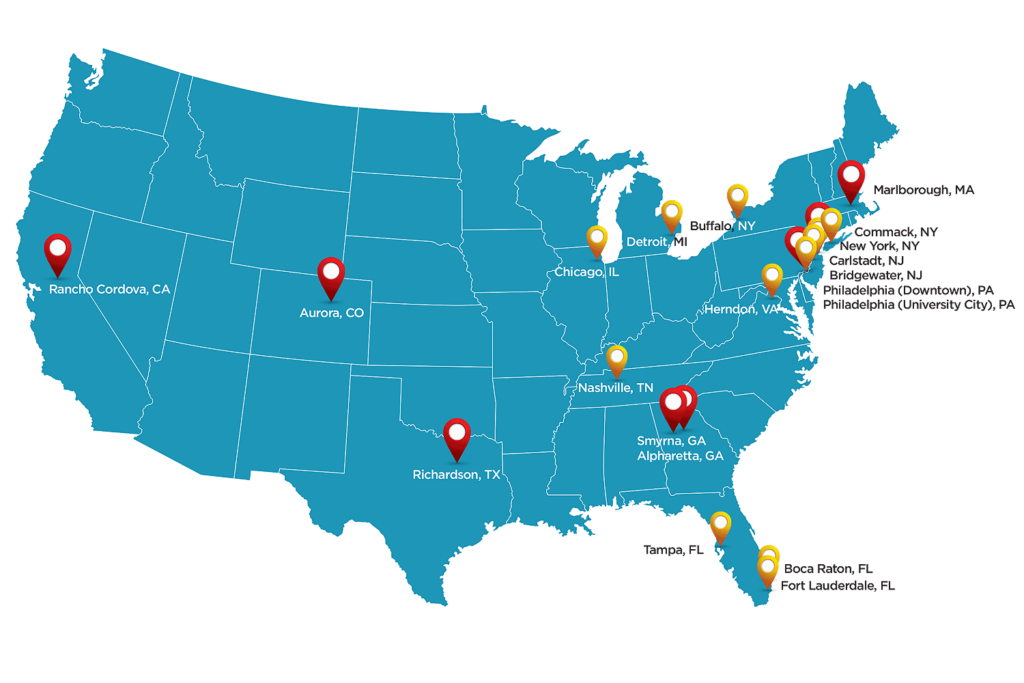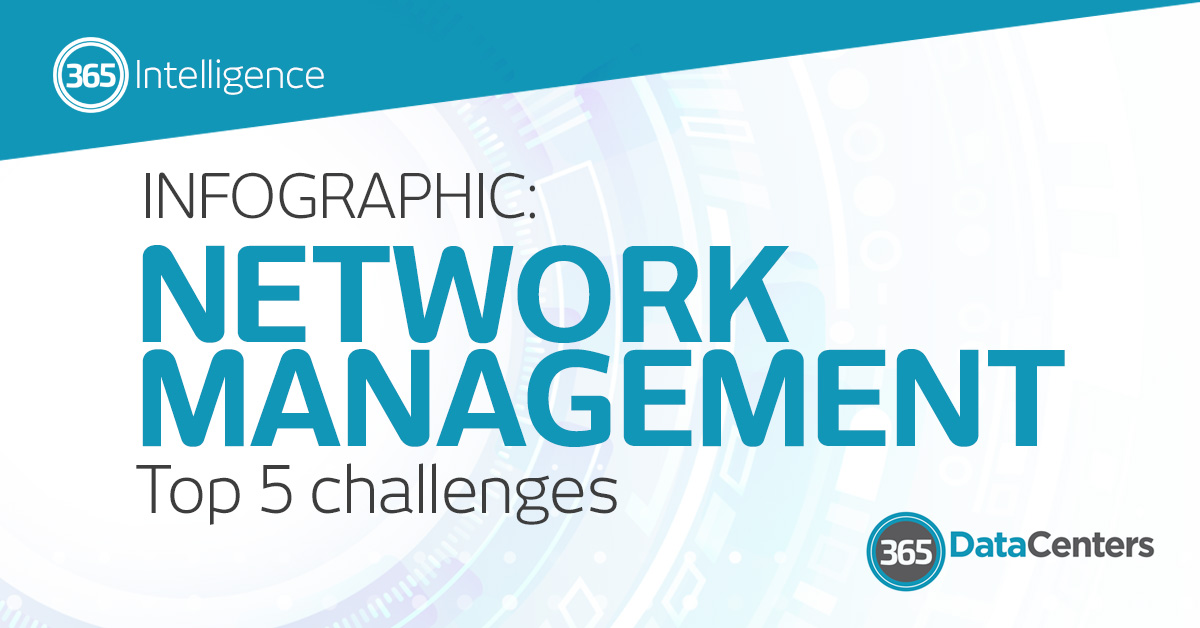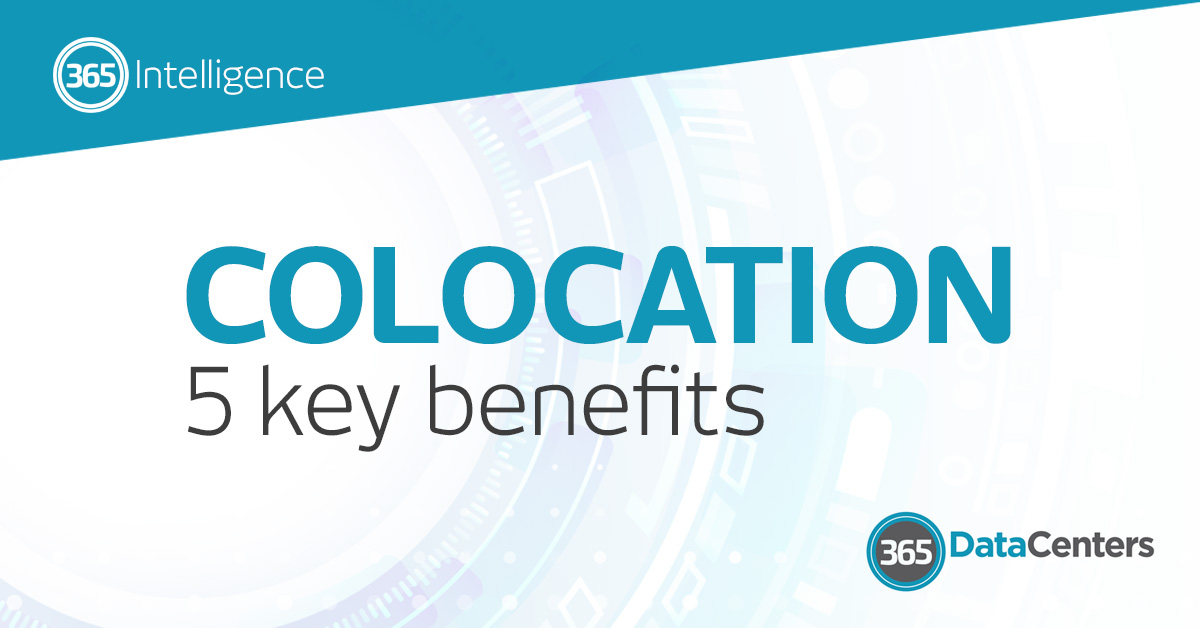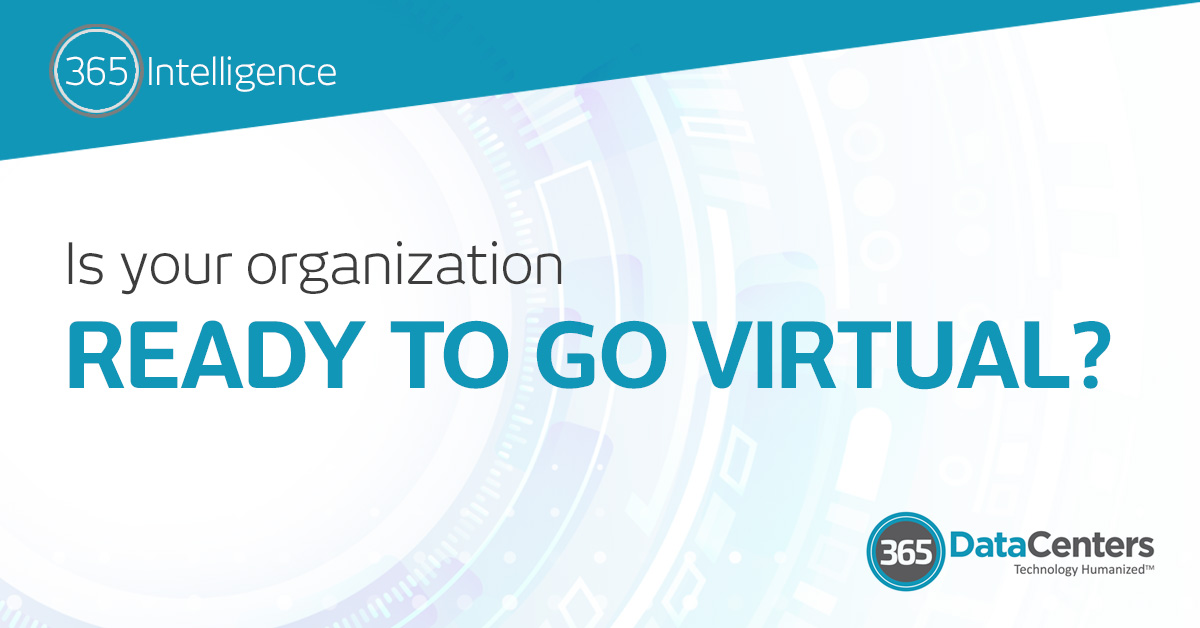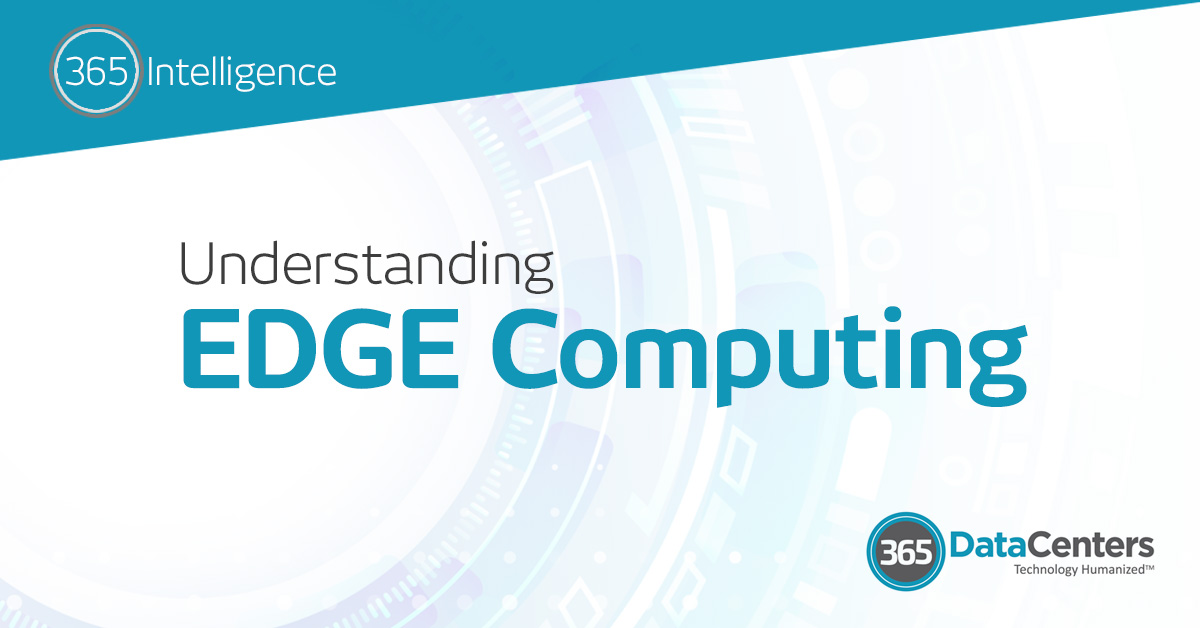The Power of Connectivity
How Our Proprietary Network Enhances Your Colocation and Cloud Experience
Authored by Derek Gillespie
In today’s fast-paced digital world, the power of connectivity cannot be overstated. As businesses increasingly rely on digital infrastructure, the demand for robust, seamless and secure connectivity solutions has never been more critical. At 365 Data Centers, we understand that connectivity is the backbone of successful colocation and hybrid-cloud experiences, and our proprietary network is designed to ensure and elevate such experiences for our customers.
The Backbone of Seamless Connectivity
Our proprietary network is the result of seven years of meticulous development, positioning 365 Data Centers as a leader in network-centric colocation and cloud solutions. This network spans 20 interconnected data centers and an additional 125 network Points of Presence (PoPs) across the United States, ensuring that our customers benefit from a seamless and unified network-centric colocation and cloud ecosystem. These PoPs, equipped with advanced network servers and routers, enable efficient data transfer and connectivity, crucial for meeting the demands of modern businesses.
Enhancing Colocation with Advanced Network Solutions
Colocation is not just about housing servers; it’s about ensuring that these servers can communicate effectively and securely with the outside world. Our network-centric model includes substantial IP address ownership and partnerships with over 700 peering partners. This extensive network infrastructure provides our clients with cost-effective internet connectivity and strategic advantages, enabling them to focus on their core business operations without fear of connectivity issues.
Security: A Cornerstone of Connectivity
In an era where data breaches and cyber threats are rampant, security is a top priority. Our connectivity solutions are fortified with robust security measures, including firewalls, intrusion detection systems and encryption protocols. These measures ensure that our customers’ data is protected against cyber threats, while also complying with industry regulations and data protection standards. Secure connectivity practices also help mitigate potential downtimes, ensuring business continuity even in the face of disruptions.
Driving Efficiency and Sustainability
Effective connectivity is not just about speed. Efficiency and sustainability are key components in measuring the true effectiveness of any connectivity solution. By optimizing data routing and reducing latency, our network solutions help minimize energy consumption, aligning with the sustainability goals of today’s businesses. This operational efficiency translates into cost savings for our customers, making our colocation and cloud services not only reliable but also economically advantageous.
Simplifying Growth with Comprehensive Solutions
At 365 Data Centers, we simplify growth for businesses by offering a comprehensive suite of services under one roof. Our offerings include colocation, connectivity, IP transit, direct cloud on-ramp, cloud compute, cloud storage, back-up services, disaster recovery solutions and business continuity services, all bundled under a single master service agreement. This integrated approach ensures that our customers have access to the resources they need to scale their operations seamlessly and efficiently.
The power of connectivity is the keystone of the digital age. 365 Data Centers is committed to providing our customers with the connectivity solutions they need to thrive. Our proprietary network not only enhances the colocation and cloud experience but also empowers businesses to meet the demands of a data-driven world with confidence and security. For more information on how our solutions can benefit your business, visit www.365datacenters.com.

